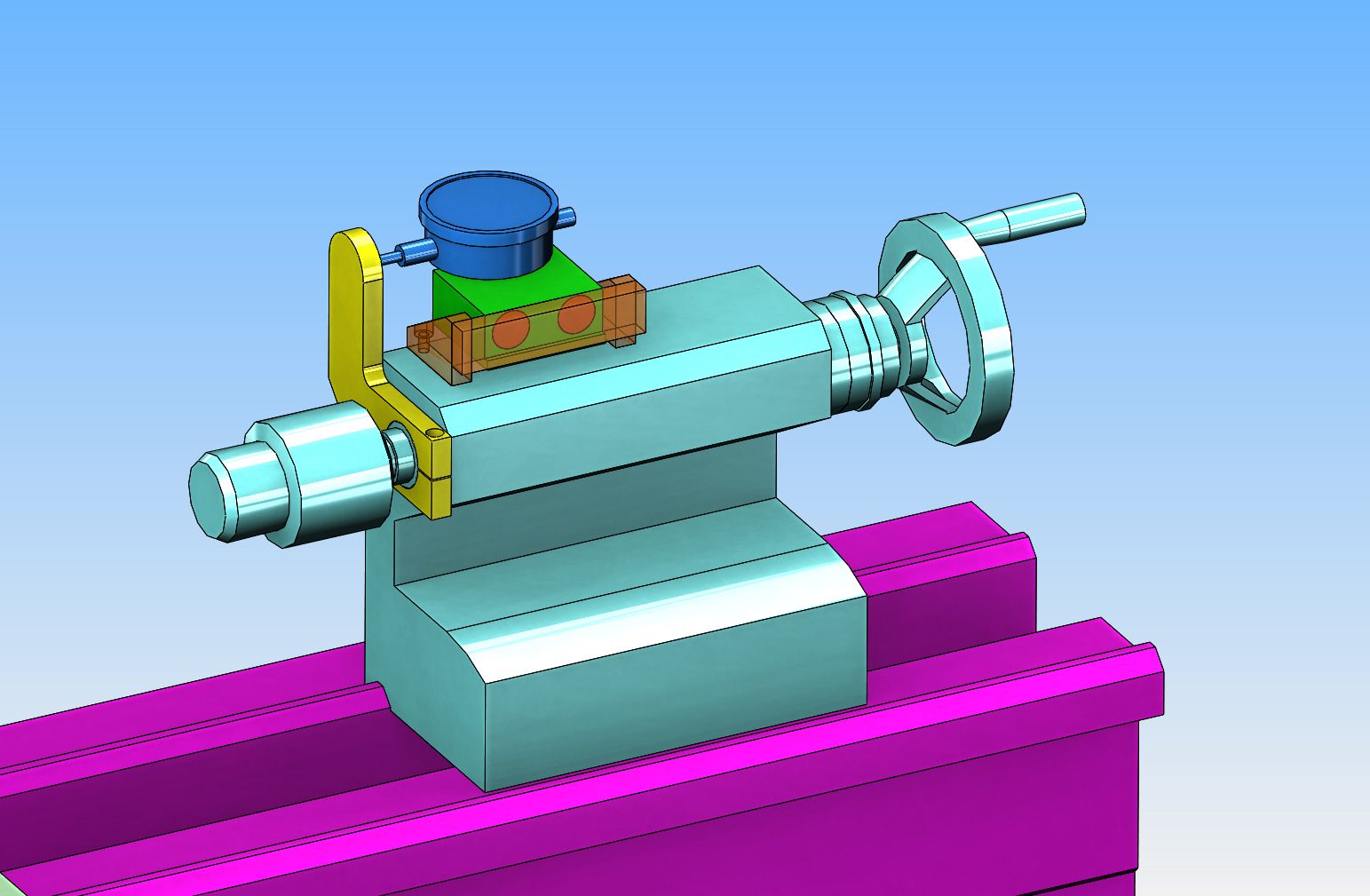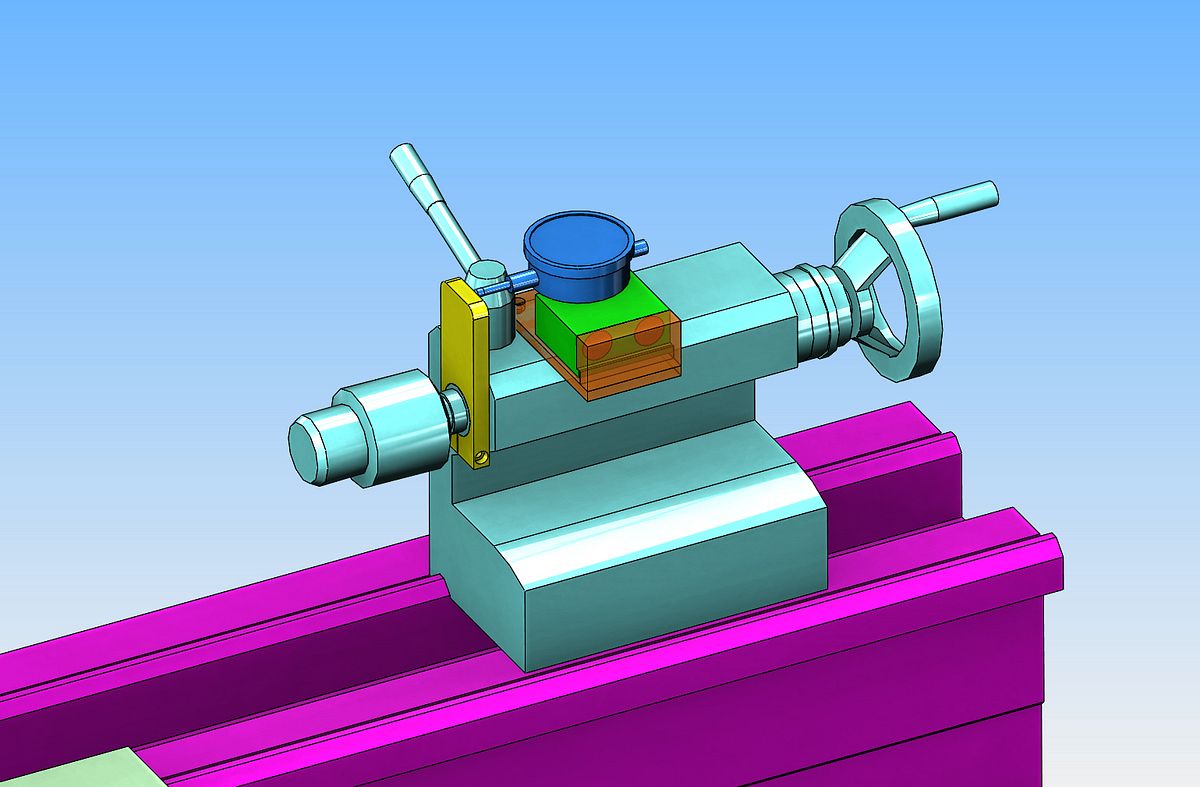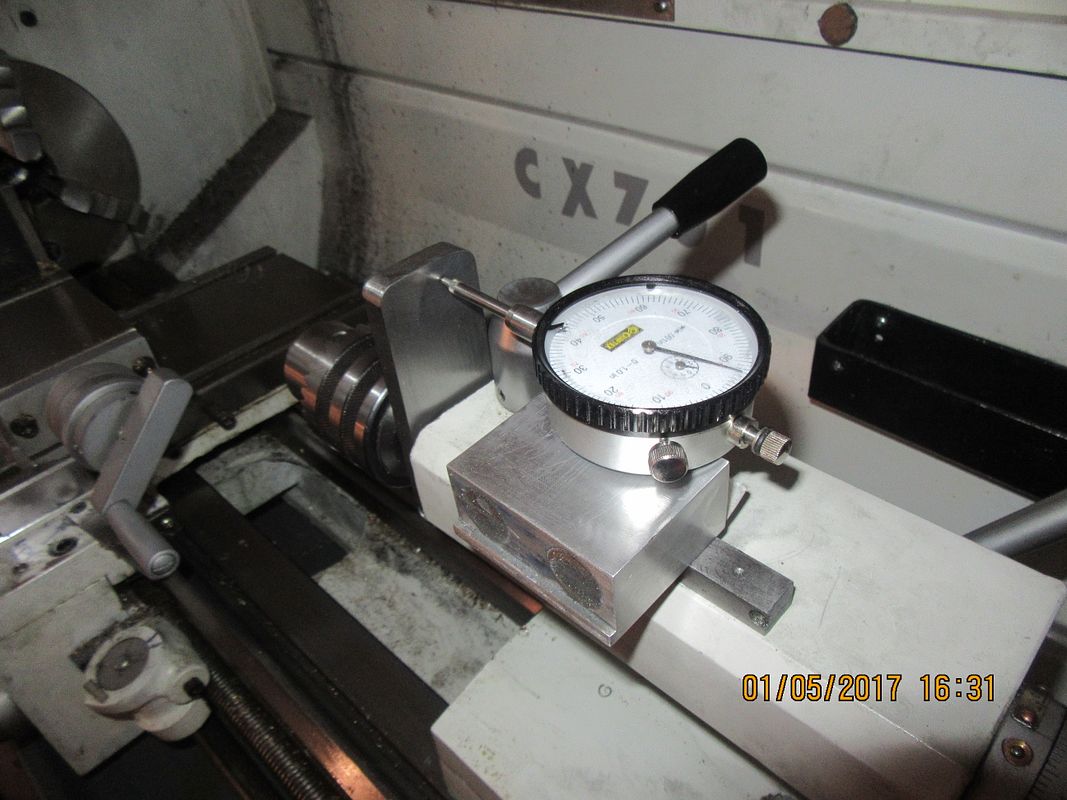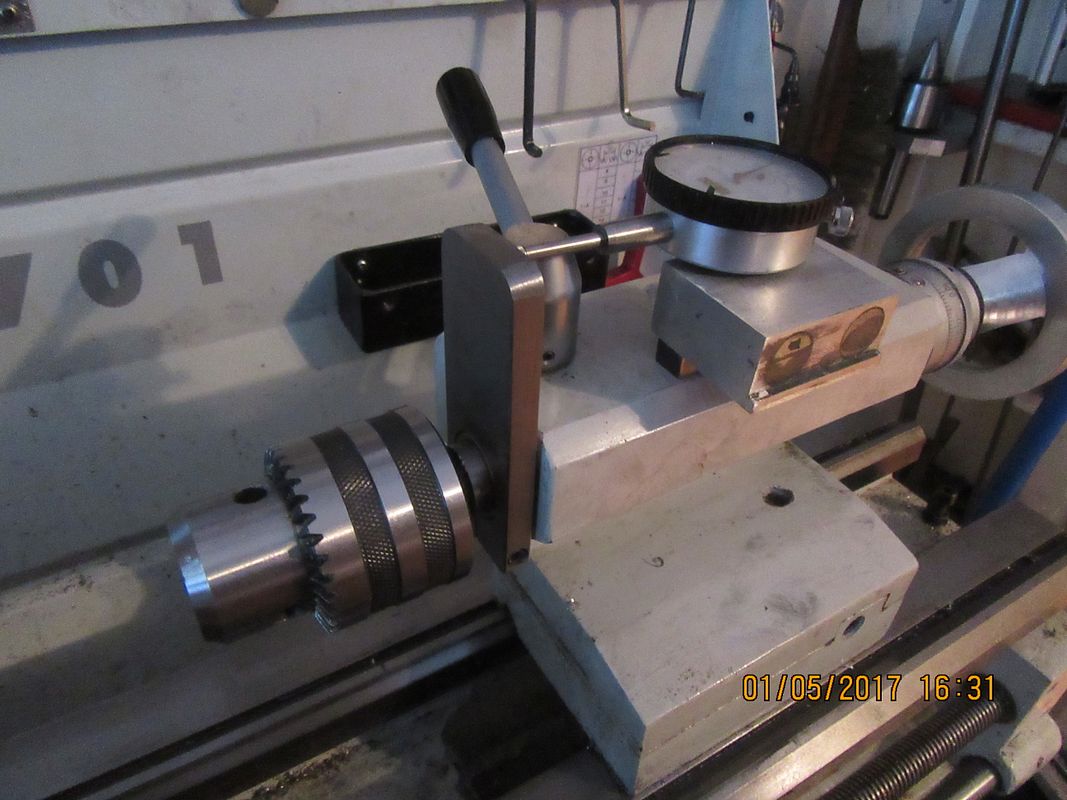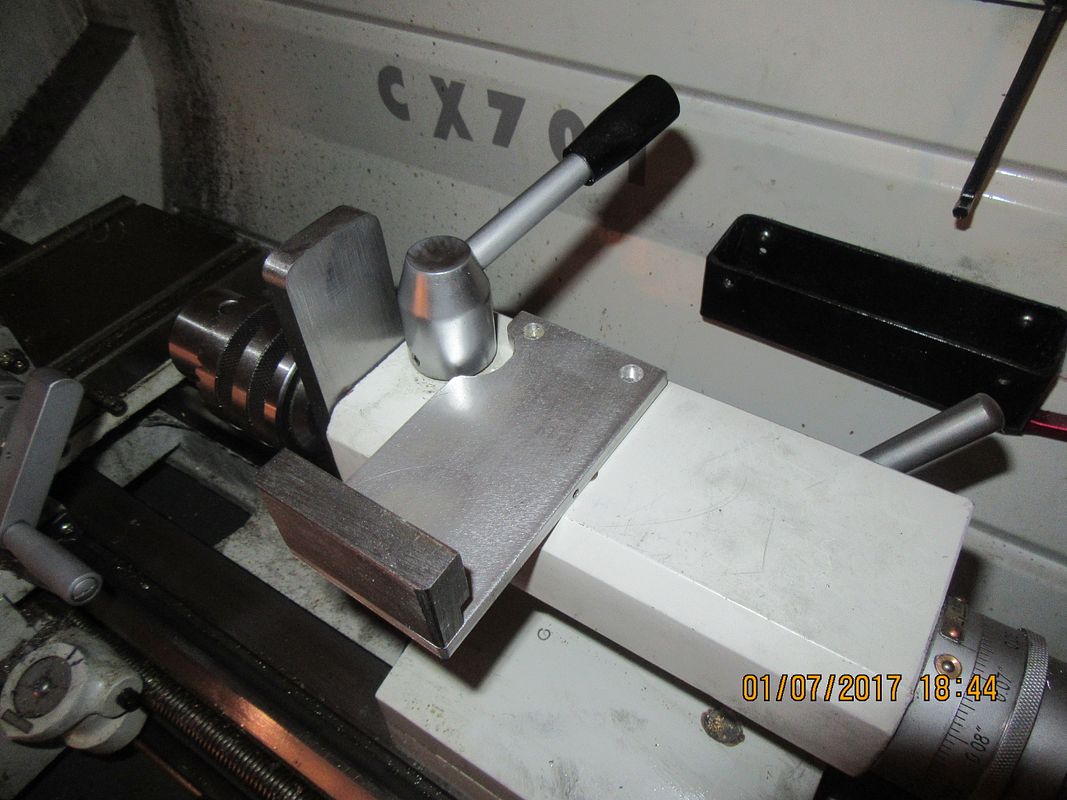Any time that I am left alone for a few days, with no real work and a whole bin full of "cut-offs" and miscellaneous parts and bits, that is a sure recipe for trouble!! This year it started a day or two after Christmas, when my latest "sales catalogue" arrived in the mail from Travers tools. I don't really need any tools, but I still look thru the catalogue before sending it on to the recycle. I see that they have dial indicators with 2" travel on sale for $45 or something like that.---And I'm thinking---"Jeez, very few of the parts I make on the lathe are over 2" long." Of course, the next thought is, that since I never did invest in a DRO for the lathe, it might be handy to have one of those 2" travel dial indicators to tell me exactly what carriage travel I was getting on these small parts I often make. I did something very similar to this a year ago with a digital caliper, but every time I go to use the damned thing, the battery is dead!! I wanted something that was VERY quick to install and uninstall with no bolts or clamps to mess with and no batteries to fool with. There has been a lot of buzz on the forums lately about dial indicators attached to lathes with high power magnets, and sure enough, I had 2 very high power magnets that measure 0.712" diameter x 0.118" thick, which is probably something horribly metric, but that wouldn't matter for what I was thinking of. So, a few minutes on the cad system, and I was able to pull up a 3D model of the lathe bed and the part of the carriage I am interested in. (I had made these models last year, soon after getting the lathe.) I even had a model of a 1" travel dial indicator.
----Sure enough, a few more minutes positioning things and a bit of measuring, and changing the dial indicator model to a 2" travel unit, yielded the following. The "see thru" part is made from a piece of aluminum. The red "super magnets" are glued into two cavities milled in the aluminum block with J.B. Weld.

----Sure enough, a few more minutes positioning things and a bit of measuring, and changing the dial indicator model to a 2" travel unit, yielded the following. The "see thru" part is made from a piece of aluminum. The red "super magnets" are glued into two cavities milled in the aluminum block with J.B. Weld.






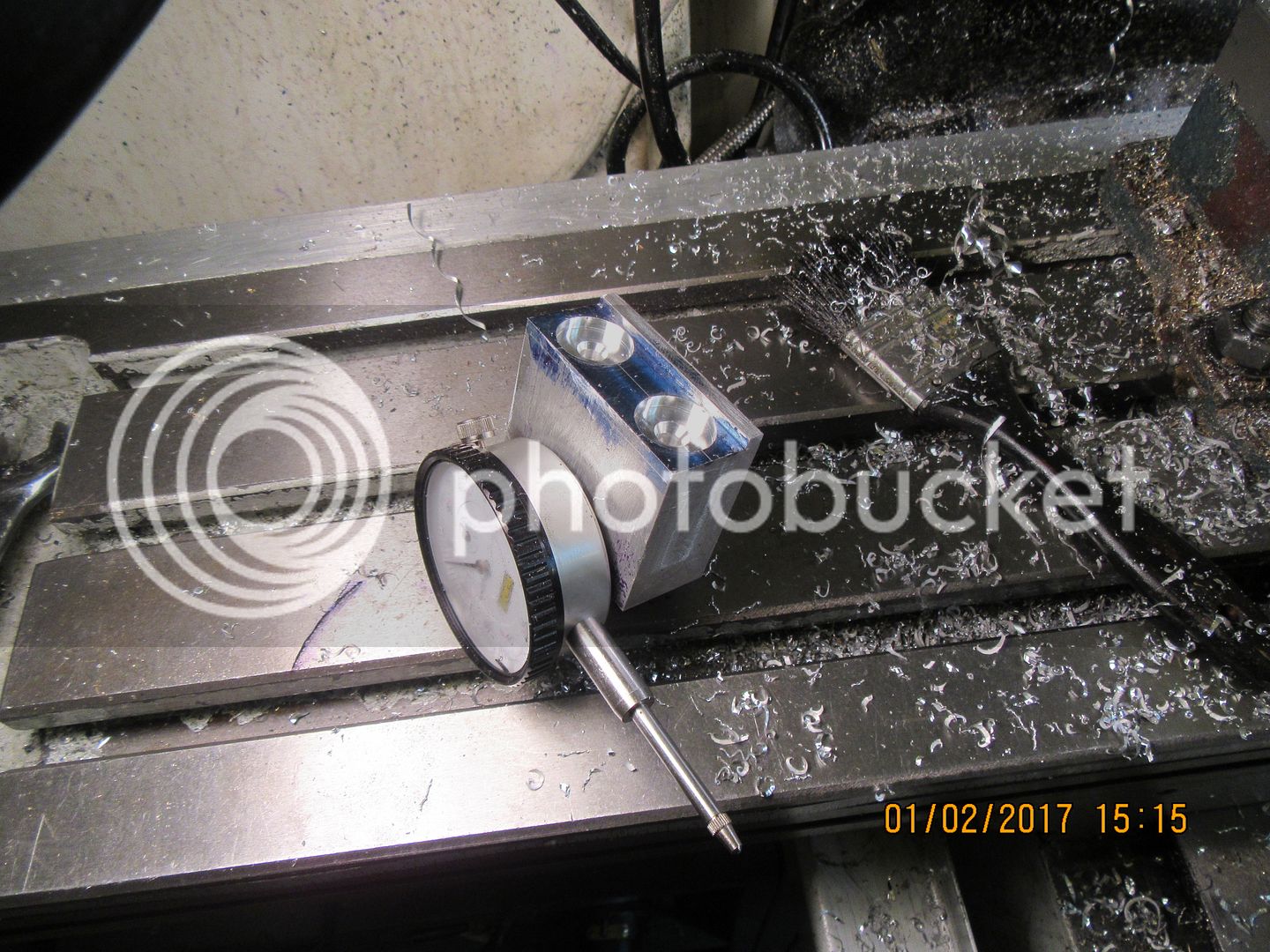
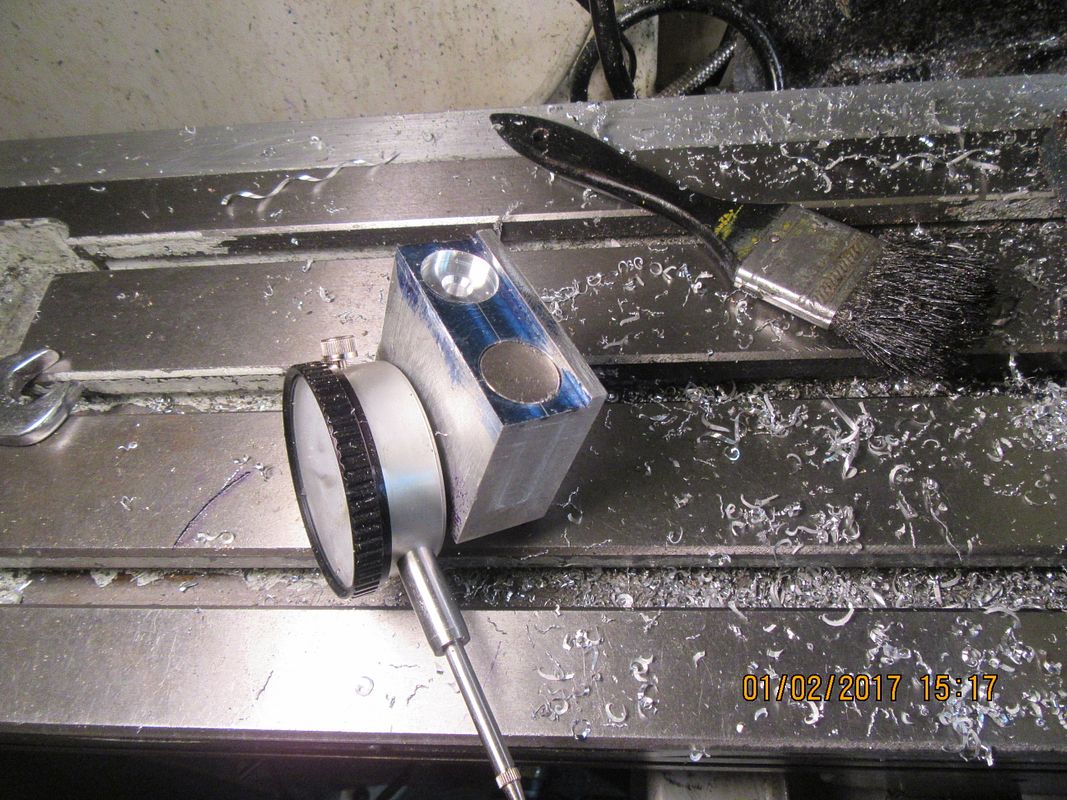
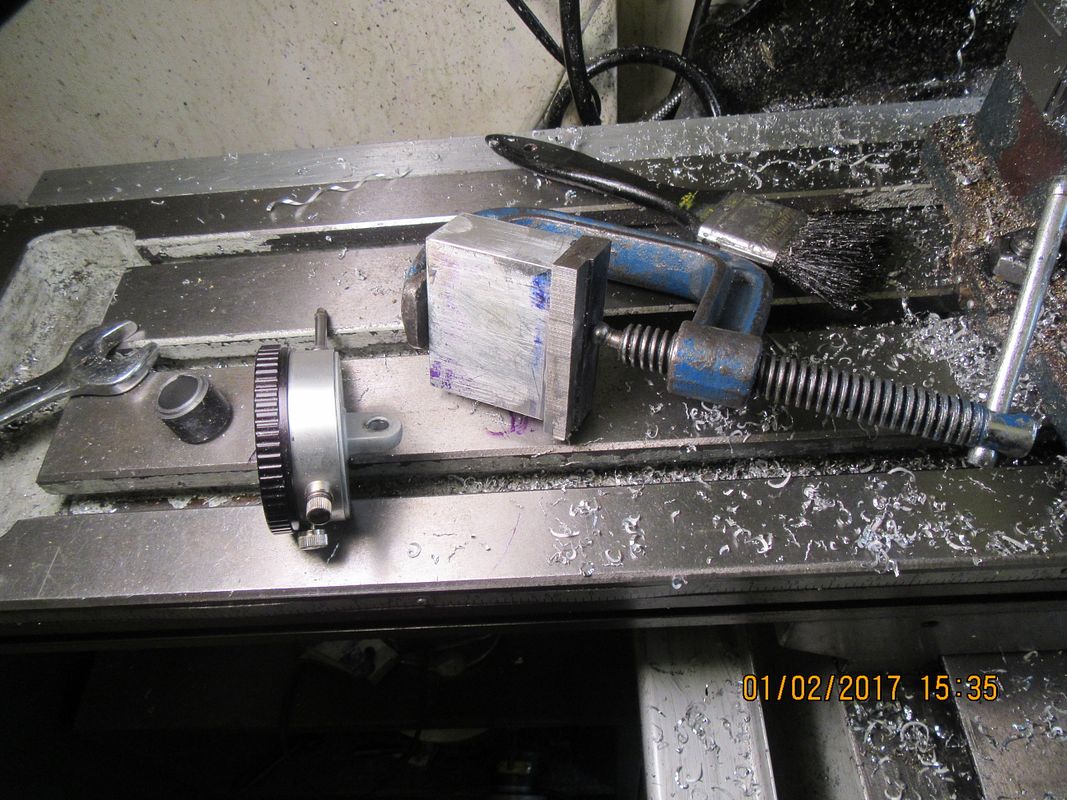
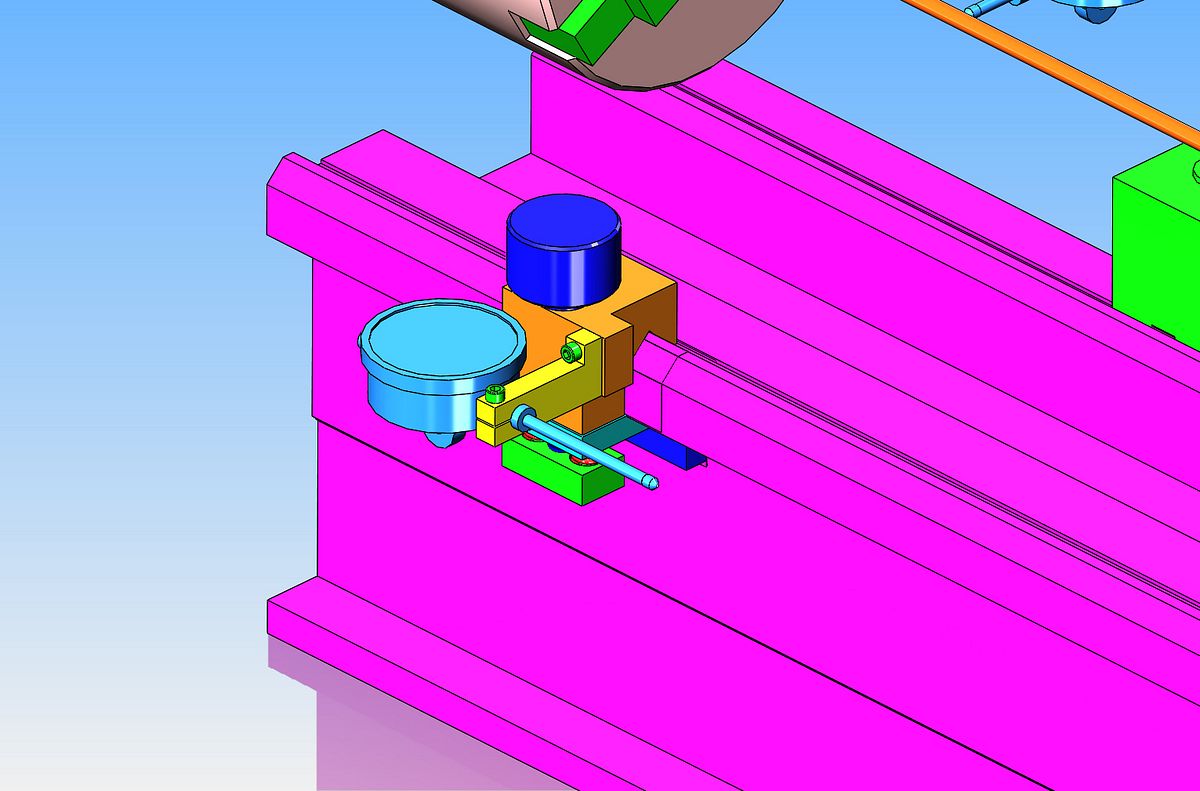













































![DreamPlan Home Design and Landscaping Software Free for Windows [PC Download]](https://m.media-amazon.com/images/I/51kvZH2dVLL._SL500_.jpg)

















